Category: Amazing Plants
-
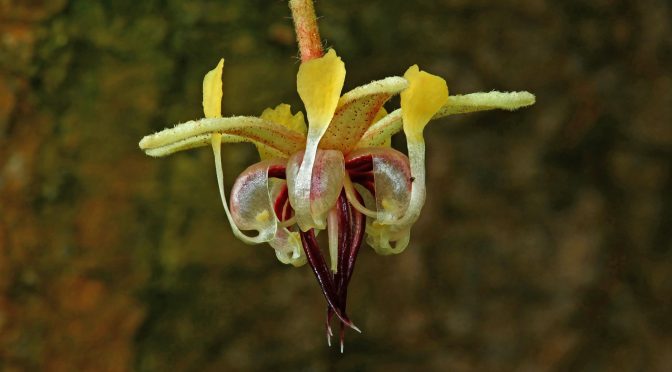
How The Chocolate Trees Pass Disease Resistance On To Their Own Saplings
Although any litter exposure helped, plants that were treated with cacao litter showed the least damage overall and about 50% less damage than plants treated with mixed leaf litter from other species. Seedlings that were given no litter may host a greater diversity of endophytes because they are more likely to be colonized by weedy,…
-
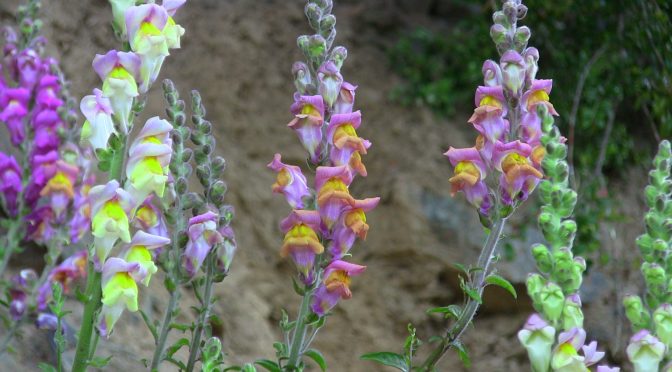
Common Snapdragons Unlock A Genetic Secret Basic To Differentiating Species
“If you’ve ever wondered why animals and plants are different – then this discovery develops our understanding of how nature maintains variation by making species look different from each other.” (Click on title for full story.)
-
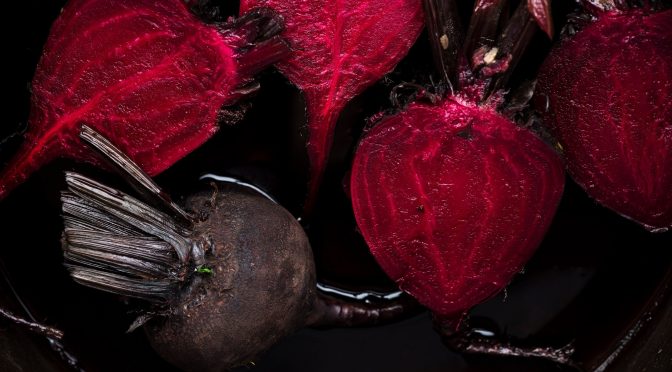
What Makes Beets Red May Change Medicine
Scientists do not know exactly why this ability helped beets thrive. While some research suggests betalains may help plants weather stress, perhaps their primary usefulness is that humans — and presumably other creatures, like pollinators — love the way they look. Beyond questions of color, the research has implications for medicine.
-

The Very First Trees Were Unlike Anything Alive Today
This growth strategy has not been seen in any other tree in Earth’s history. It’s crazy that the oldest trees also had the most complex growth strategy, (Click on title for full story.)
-

The Secret Colors Flowers Create: But How? And Why?
Only a few flowers, like cornflowers and Himalayan blue poppies, have achieved true blue, and all by using special chemical tricks like adding metals to their pigments, or making their petals more alkaline. “All of this is chemically quite difficult and not many species have evolved the enzymes to do it,” says Beverley Glover from…
-
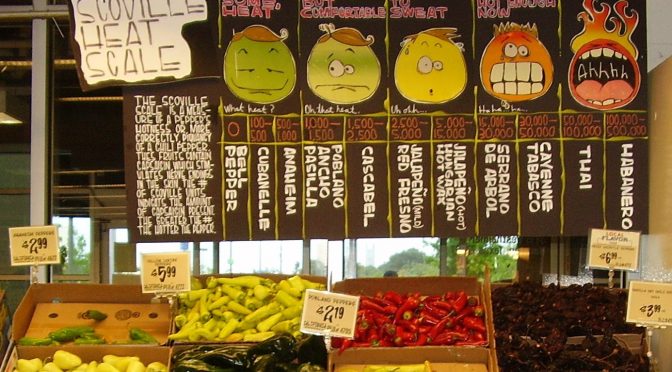
How Hot Does Your Pepper Grow? Depends On The Weather
Thus, different populations of chili plants are making fitness trade-offs between pungency and non-pungency based on local water availability: wetter environments supported a higher percentage of pungent plants, whereas drier areas had significantly fewer pungent plants. (Click on title for full story.)
-
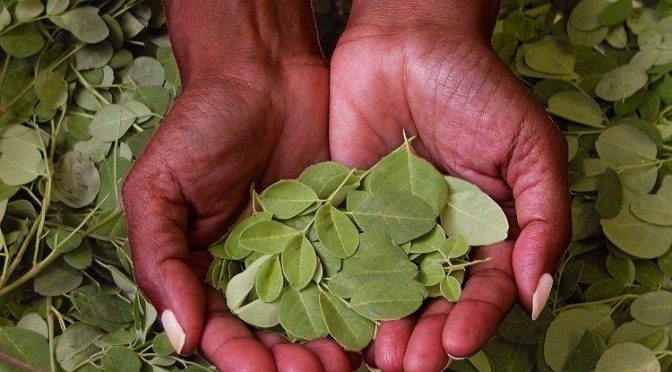
The Amazing Moringa Tree: Medicine, Food, Fertilizer. What Can’t It Do?
If plants could be superheroes, the Moringa (Moringa oleifera) tree would be one of them. Although native to the foothills of the Himalayas in India, moringa can thrive in most tropical and subtropical regions. It is drought tolerant, grows rapidly, has leaves that can be used as a biofertiliser, and has seeds that can help purify water.…
-
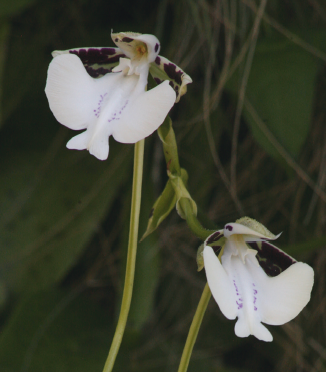
Newly Discovered Orchid Smells Like Champagne
Johan and his team set out to see the orchid and it took them four days to travel to the site, on the western side of the Tsaratanana Mountains, from the Madagascan capital Antananarivo. The trip was in Johan’s words a ‘gamble’ because the plant only flowers for a month or so during the rainy…
-

Algae That Survive In Deserts Hold Valuable Secrets
In the future, microalgae could be used to make an oil that represents an alternative to palm oil; this would reduce the demand for palm tree plantations, which pose a major threat to the natural environment. Moreover, understanding how microalgae can colonize a desert region will help us to understand the effects of climate change…
-
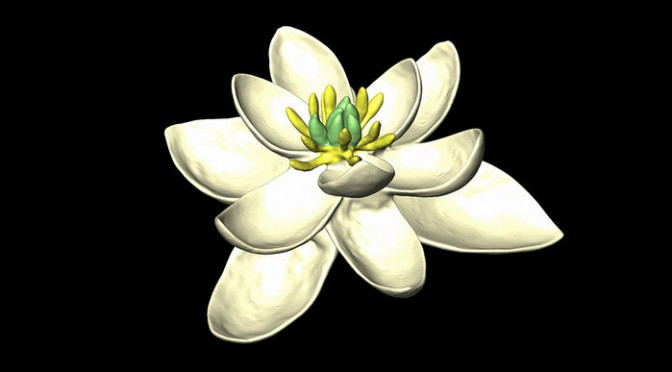
Is This What The Earliest Flower Looked Like?
Though the team’s reconstructed ancestral flower doesn’t look radically different than many modern flowers, it does have a combination of traits not found today. Like many of today’s flowers, the putative ancestor contained both male and female parts on the same blossom. And the arrangement and numbers of its petals and its organs that shed…
